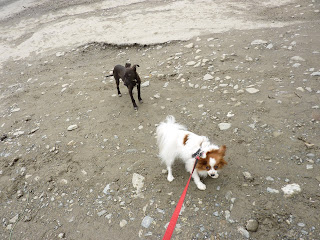"Lean on me, when your not strong
And I'll be your friend
I'll help you carry on
for it won't be long
'Til I'm gonna need
Somebody to lean on"
Mickie was my first friend in this country. She has helped me
so much. She continues with great advice even just this morning.
so much. She continues with great advice even just this morning.
"'Cause I got friends in low places,
Where the Whiskey drowns,
And the Beer chases my blues away,
But I'll be okay,
Now, I'm not big on social graces,
Think I'll slip on down to the oasis,
Oh I got friends,
In low places"
Charlitos is a local bar. Where everybody knows your name.
It's a good place for all kinds of conversation.
"You just call out my name
And you know wherever I am
I'll come running', running, yeah, yeah,
to see you again
Winter, spring, summer or fall
All you have to do is call
And I'll be there, yes I will"
She's not an expat. But my daughter, Robbin, helped me with the move.
She is always painfully truthful with me. I'm so glad
the aliens gave her back to me after the teen years.
That makes her new.
"All these places had their moments
with lovers and friends
Some are dead and some are living
In my life I've loved them all."
I used to carry a picture of a woman I knew named Judy
from back home who died suddenly from a heart attack to
remind me how suddenly life could leave us. I have a
new Judy to remind me of how joyful life can be.
"Oh, I get by with a little help from my friends,
Mmm, gonna try with a little help from my friends
Ooh, I get high with a little help from my friends
Yes I get by with a little help from my friends,
with a little help from my friends"
I only know this guy through facebook. Greg is planning to
move back to Ecuador. I can't wait to meet him. He's so
full of good advice. He grew up here. He also loves dogs!!
"And when we die and float away
Into the night, the Milky Way
You'll hear me call, as we ascend
Thank you for being a friend."
Greg and Rini as well as Venus are so full of love for everybody.
I'm lucky to know them and count them as friends.
"And when, when the night falls on you baby, you're feeling all alone,
You won't be on your own, I'll stand by you. I'll stand by you
I'll stand by you, won't let nobody hurt you. I'll stand by you
Take me in into your darkest hour and I'll never desert you
I'll stand by you."
Steve is American. Alex is Ecuadorian. They are so much in love.
And I love them both.
"And when, when the night falls on you baby, you're feeling all alone,
You won't be on your own, I'll stand by you. I'll stand by you
I'll stand by you, won't let nobody hurt you. I'll stand by you
Take me in into your darkest hour and I'll never desert you
I'll stand by you."
Steve is American. Alex is Ecuadorian. They are so much in love.
And I love them both.
"My funny Valentine
Sweet comic Valentine
You make me smile with my heart
Your looks are laughable
Unphotographical
Yet you're my favorite work of art."
Even Amber made a friend. But someone needs to give him a sandwich.









